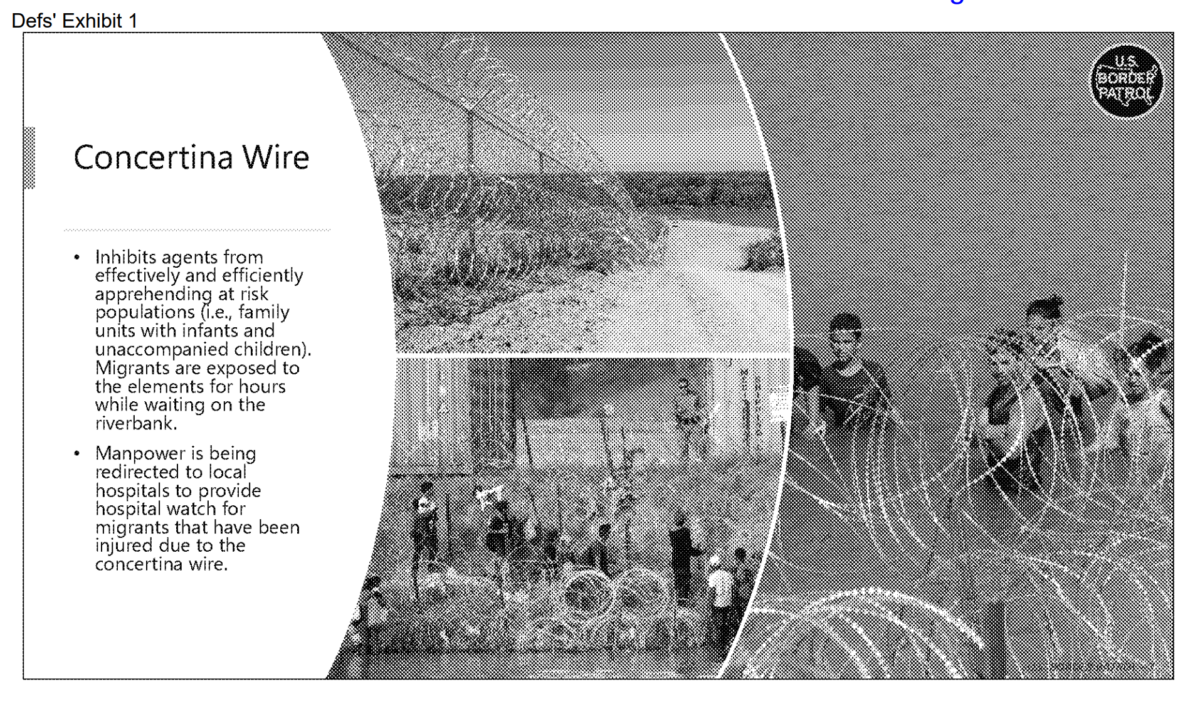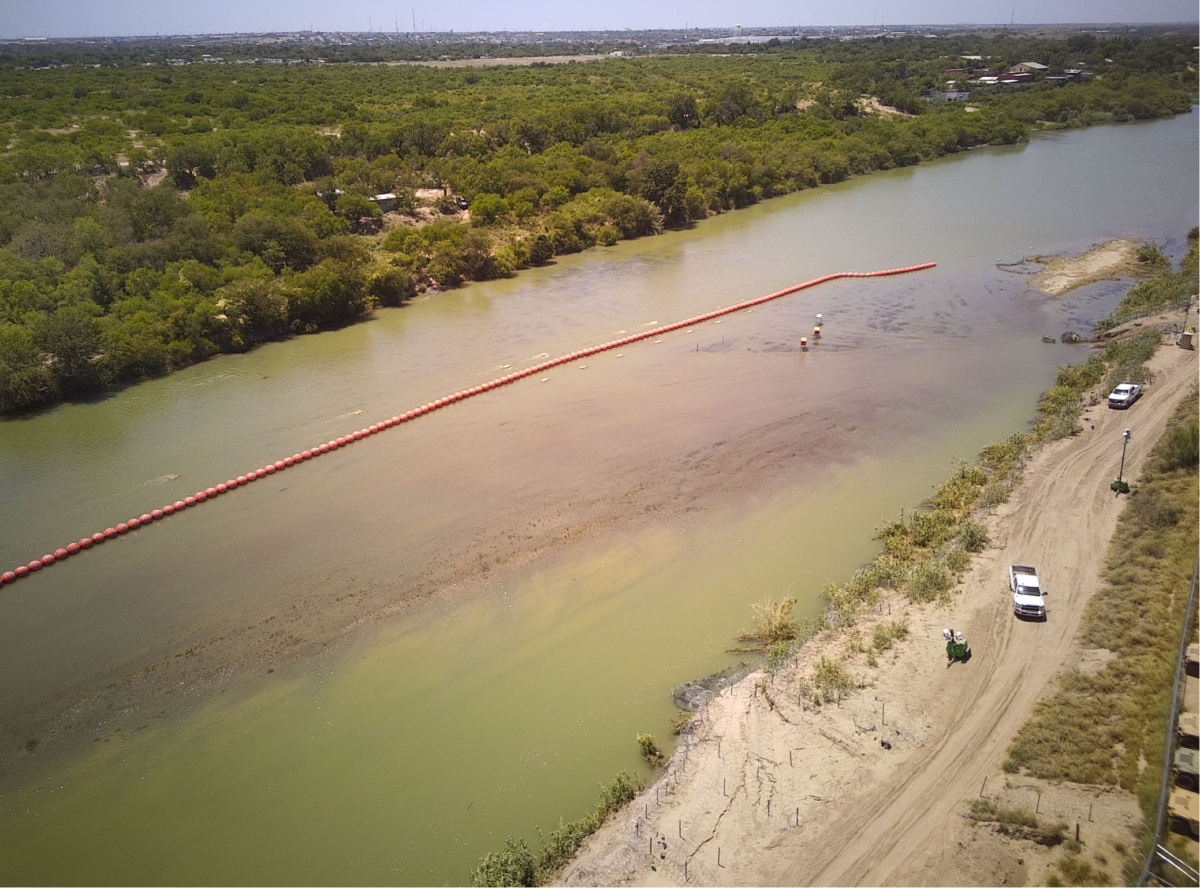Fair’s fair


Fair’s fair

People look at Abbott and his supporters’ actions and worry. But it’s the events in the Texas courts, the Fifth, all the way up to the Supreme Court that should really frighten us all.

The Texas/US government border lawsuits are a mess, true. But it’s important to stick to the facts when discussing them.
More on my favorite case The dissenting judge is a Trump-appointed judge long known for his extremist views. And my goodness, he wrote an awful dissent. Gov. Abbott must remove ‘floating wall’ from the Rio Grande, 5th Circuit rules

One particular passage stands out for me. The courts have to consider every argument raised in self-defense in a court case. Including Texas’ assertion that it was protecting itself “against an invasion.” ‘Here, Texas’s self-defense argument does not preclude the issuance of a preliminary injunction. First, the district court adequately considered Texas’s arguments. Further, the […]